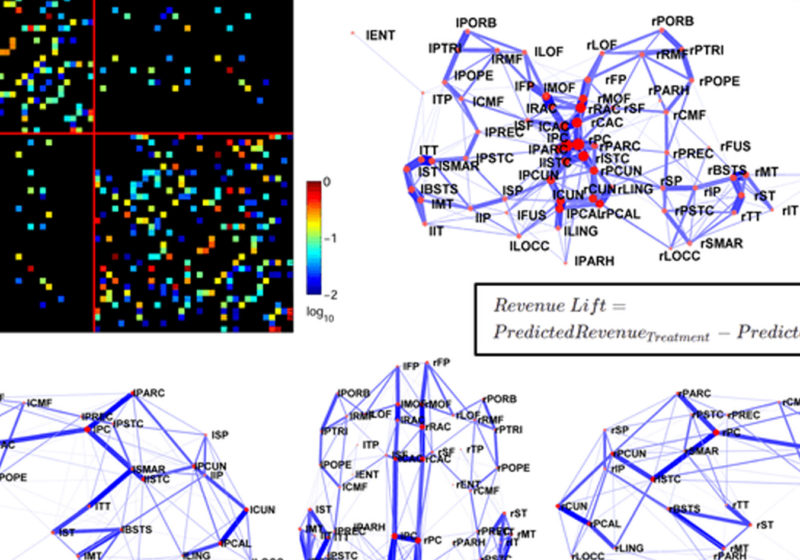How weather forecasting can teach marketers to calculate lifetime value

Calculating Lifetime Value has been a challenge for marketers since day one.
Typically the data you need to analyse is spread over multiple locations. Today, you might have web analytics data from GA or Omniture, customer engagement data in DoubleClick, CRM data, offline customer data from call centres, bricks & mortar or offline marketing activity on Radio, Outdoor, Direct Mail or TV that, try as you might, just doesn’t seem to play together nicely when trying to merge together into a master customer dataset.
The challenge, in the past, has been that integrating those datasets requires careful, manual, data cleansing then extensive work building relationships between the data that are meaningful and allow the identification of individual customers as they travel across the different multichannel touchpoints of your marketing efforts.
Not so anymore.
Yes, there still needs to be careful data wrangling, but we have a more powerful toolkit to bring to the table to create connections and associate meaningful insight at the customer level: machine learning.
Here Come the Robots
Typically talked about as the underlying methodology for particular types of AI, machine learning allows a brute force solution to the problem of aligning disparate data sets into a meaningful relationship so statistically significant outcomes can be derived from them. Put bluntly, we can use machine learning’s ability to run massive a/b iterations on historic data sets to create near infinite scenarios in a retrospective forecasting scenario to ‘train’ an algorithm to understand the underlying connections in a data set.
Much like weather forecasting models are refined by recreating today’s weather systems from historic data in a false forecast situation, their match to the status quo allows assessment of their accuracy. Once accuracy is established, we can run the forecast forward to understand what the future looks like (as regards weather? Buy a house on a hill folks.)
At QueryClick, we achieve this using Corvidae, an inhouse tool deployed across scalable cloud architecture that allows us to run a random forest machine learning algorithm over client data to assign lifetime value to customers, and determine their most valuable customer cohorts. For one client, we capture 10.3 million rows of data a day into our data warehouse, using an agile automation platform that allows ongoing collection and cleansing of data to be ingested without requiring manual data dumps or analyst intervention.
In combination, these tools allow extraction of audience profiles, and assembly of high value customer cohorts that can be targeted via Programmatic lookalike profiling. In addition, we also get a clear view of the highest value attribution model to apply across all marketing channels, allowing assessment of spend efficiency and opportunity.
Precise Channel CPA & New Customer Acquisition Prediction
In simple terms, this means one outcome of our machine learning process is an ability to precisely forecast the maximum growth possible for any marketing budget given a spend threshold.
So, when looking at financial year growth targets, our clients can benefit from statistically significant confidence in how achievable those targets are, what channels contribute where, at what CPA, and just how many new customers they can expect along with their expected lifetime value.
It’s a great tool for marketers, and allows agencies to give confident, transparent answers to clients in need of clarity that may not be being well served by their agency (sorry Martin, but it’s not the tools that are the problem, it’s your results!).
Own your marketing data & simplify your tech stack.
Have you read?
Chrome’s announcement on dropping cookie opt-in last month closed the door on a 5 year saga for marketers. But what is the landscape like in 2025 for cookie-based measurement?
Generative AI is transforming the way that marketers plan and assemble content for their Paid Ads. As big platforms like Google, Meta and TikTok increasingly build the tools needed to...
In a surprising move that has sparked heated debate, Mark Zuckerberg announced on his Instagram that Meta will be reducing its levels of censorship and in particular fact-checking on its...


